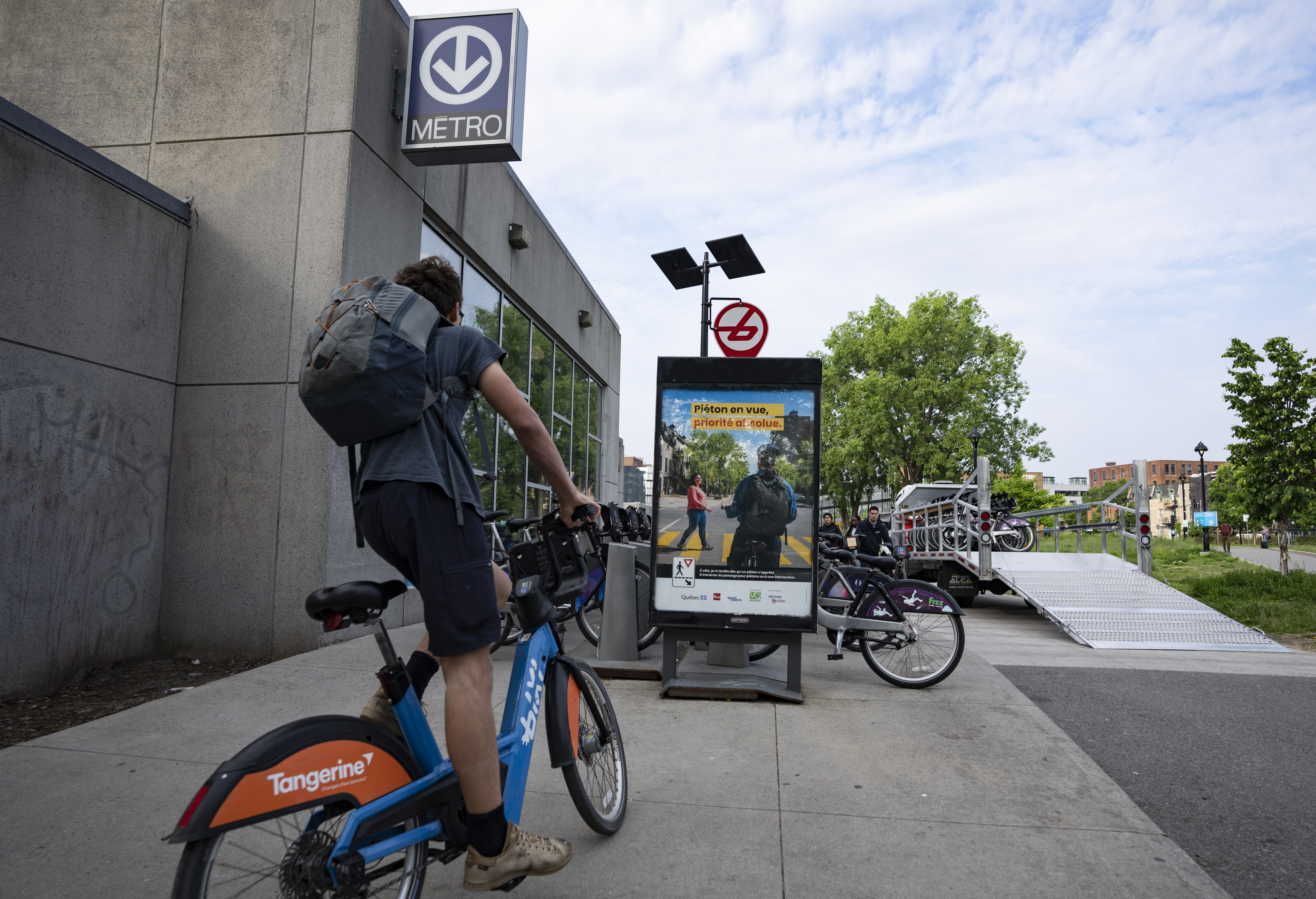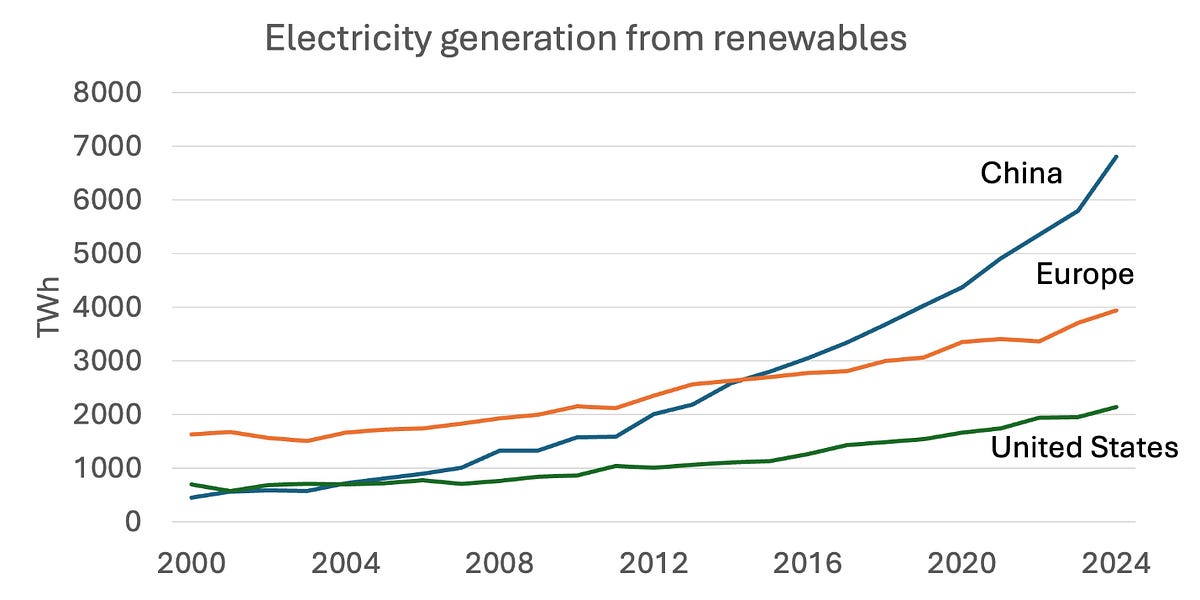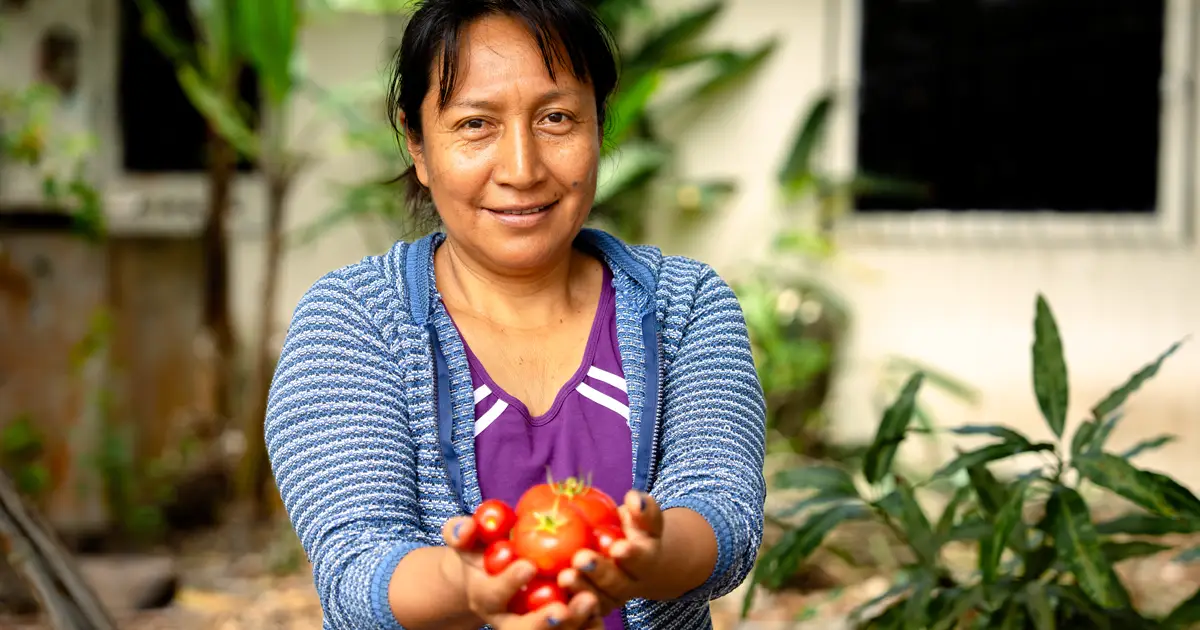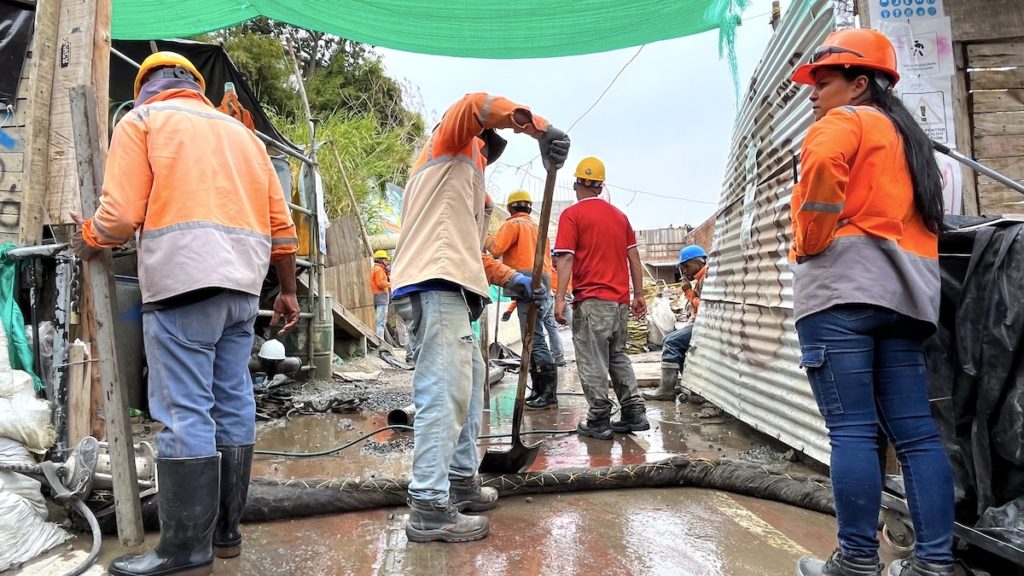An inclusive economy dataset for wards in Great Britain using administrative and synthetic data sources – Nature

Report on the SIPHER Inclusive Economy (Ward Level) Dataset for Great Britain
Introduction: A New Data Resource for Advancing the Sustainable Development Goals
Addressing the scarcity of granular datasets on economic inclusion is critical for monitoring progress towards the Sustainable Development Goals (SDGs), particularly SDG 1 (No Poverty), SDG 8 (Decent Work and Economic Growth), and SDG 10 (Reduced Inequalities). In response, a harmonised dataset has been created to describe the extent and enablers of economic inclusion in Great Britain. The SIPHER (Systems Science in Public Health and Health Economics Research) Inclusive Economy (Ward Level) dataset provides 13 indicators of economic inclusion at the electoral ward level for the period 2019–2021, covering 7,973 of 8,020 wards.
The dataset was developed using administrative statistics and the SIPHER Synthetic Population, a validated dataset derived from the UK Household Longitudinal Study (UKHLS). It also includes key population health metrics—directly supporting SDG 3 (Good Health and Well-being)—and demographic indicators. This resource is designed to empower research and policy applications that require high-quality, granular estimates to advance equitable and sustainable development, ensuring that local-level interventions can be designed to “leave no one behind.”
Background and Rationale for SDG-Aligned Economic Inclusion Data
The Need for Granular Data in Achieving Sustainable Development Goals
Spatial data at a granular scale are essential for policy planning that aligns with the SDGs. High-resolution information enables decision-makers to design localised policies that target vulnerable populations, a key requirement for achieving SDG 10 (Reduced Inequalities) and SDG 11 (Sustainable Cities and Communities). Such data are also vital for assessing the local impacts of national policies, preventing unintended consequences related to inequality. A decrease in economic inclusion is thought to have contributed to stalling improvements in population health across high-income countries, highlighting a critical link between economic policy and SDG 3 (Good Health and Well-being).
In the UK, a lack of readily available, harmonised resources on economic inclusion hinders effective, evidence-based policymaking. Existing datasets, such as the Indices of Multiple Deprivation (IMD), are produced separately for England, Scotland, and Wales, making cross-nation comparisons difficult and complicating a unified approach to meeting national SDG targets.
Building Economic Inclusion into Strategies for Sustainable Development
There is no universally agreed-upon definition of an inclusive economy, which challenges the translation of policy commitments into measurable actions aligned with the SDGs. This dataset adopts a framework that defines an inclusive economy through several core characteristics, each corresponding to key SDG principles:
- Deliberate Design: An economy designed to be inclusive through regulations and governance that allow for equity assessment. This aligns with SDG 16 (Peace, Justice and Strong Institutions), which calls for effective, accountable, and transparent institutions.
- Equitable Distribution: The fair distribution of economic benefits, such as goods, services, and health. This directly supports SDG 10 (Reduced Inequalities).
- Equitable Access: Ensuring all individuals have access to the resources needed for economic participation, including health, social support, and education. This connects to SDG 1 (No Poverty), SDG 3 (Good Health and Well-being), and SDG 4 (Quality Education).
The Link Between Economic Inclusion and SDG 3 (Good Health and Well-being)
A substantial body of research demonstrates the strong relationship between economic inclusion, socioeconomic status, and health outcomes. Socioeconomic inequality is a principal driver of health inequalities, where better health is consistently associated with a higher socioeconomic position. This social gradient is observed in metrics like life expectancy and mental well-being, underscoring the importance of economic factors in achieving SDG 3. Recent studies using the local authority-level version of this dataset found that indicators of economic inclusion accounted for over half of the variation in quality-adjusted life expectancy (QALE) across Great Britain. This dataset provides the granular detail needed to explore these relationships at a sub-local level, identifying specific areas for intervention to reduce health inequalities and promote well-being for all.
Methodology for Developing an SDG-Focused Dataset
Overview of the Development Process
The dataset was constructed through a multi-stage process designed to produce a robust and harmonised resource for SDG-related analysis. The development consisted of the following stages:
- A hybrid data sourcing strategy was employed, combining open-source administrative data with the SIPHER Synthetic Population to fill critical data gaps. This partnership approach aligns with SDG 17 (Partnerships for the Goals).
- Data for all indicators were standardised and mapped to 2022 electoral ward definitions, ensuring consistency for local-level analysis.
- Missing data were imputed using a robust statistical methodology to create a complete dataset ready for modelling and policy analysis.
Data Sourcing Strategy for Comprehensive SDG Indicators
A hybrid data sourcing strategy was essential for constructing a dataset that is both comprehensive and granular. Data were gathered from a combination of sources:
- Open Sources: Data from national statistical agencies were used where available.
- Bespoke Sources: Data were acquired via academic researchers for specific indicators.
- Synthetic Data: The SIPHER Synthetic Population (2020) was used for indicators where no other granular data source existed.
This approach ensures that the dataset aligns with the principles of SDG 16 (Public access to information) and SDG 17 (Partnerships for the Goals) by leveraging multiple data streams to create a valuable public resource.
Leveraging the SIPHER Synthetic Population for Deeper Insights
Approximately half of the indicators were derived from the SIPHER Synthetic Population, a full-scale digital twin of the adult population of Great Britain. This synthetic dataset is constructed from the UK Household Longitudinal Study (UKHLS) and constrained by administrative population statistics for small areas. It allows for the estimation of health and socioeconomic outcomes at a granular level, providing insights into complex, interconnected SDG targets that are often missed by official statistics alone. The use of synthetic data is a key innovation of this project, enabling the creation of indicators on topics like decent pay (SDG 8), housing affordability (SDG 11), and fuel poverty (SDG 7) at the ward level.
Data Harmonisation and Imputation for Policy Coherence
All indicator data were harmonised to the 2022 definitions of electoral wards in Great Britain. This process involved mapping data from various geographical units (e.g., LSOAs, DZs, and previous ward definitions) to a single, consistent standard. This harmonisation is crucial for creating a coherent evidence base that can inform policy decisions at both local and national levels, ensuring that actions are coordinated and aligned with overarching SDG objectives. Following harmonisation, a multiple imputation algorithm (Amelia II) was used to address the low level of remaining missing data, resulting in a complete and analysis-ready dataset.
Data Records and Access
Dataset Specifications
The dataset contains 13 indicators of economic inclusion, categorised to reflect their relationship with key sustainable development outcomes. It also includes demographic and health indicators to provide a holistic view of local conditions.
- Economic Outcomes (Category A): These seven indicators measure direct economic participation and distribution, relating to SDG 1 (No Poverty), SDG 8 (Decent Work and Economic Growth), and SDG 10 (Reduced Inequalities). Examples include participation in paid employment, wealth inequality, and decent pay.
- Wider Outcomes and Enablers (Category B): These six indicators capture the foundational elements that enable economic inclusion, relating to SDG 4 (Quality Education), SDG 11 (Sustainable Cities and Communities), and SDG 16 (Peace, Justice and Strong Institutions). Examples include skills and qualifications, digital and physical connectivity, and inclusion in decision-making.
- Health and Demographic Indicators: These include age-standardised SF-12 mental and physical health scores (supporting SDG 3) and demographic ratios.
Access and Usability
In line with SDG 16’s commitment to public access to information and SDG 17’s goal of knowledge sharing, the dataset is available as an open-access resource via the Open Science Framework (OSF). The repository includes the dataset, the code used for its construction, and a user guide to facilitate its use by researchers and policymakers. An interactive web-based visualisation tool is also available to support swift data exploration without the need for coding.
Validation of the Dataset for SDG Monitoring
External Validation Against Deprivation Indices
To validate its utility for analysing inequality, the dataset was compared against the Indices of Multiple Deprivation (IMD) for England, Scotland, and Wales. Four indicators were compared to their most similar IMD domain (e.g., education, employment, income, and health). The results showed a strong correlation, confirming that the dataset provides a reliable and complementary perspective on deprivation and inequality (SDG 10). However, it also offers unique insights not captured by the IMD, such as housing affordability, which is critical for understanding progress towards SDG 11.
Cross-Validation with Local Authority-Level Data
The ward-level indicators were aggregated and compared to the corresponding indicators in the SIPHER Inclusive Economy (Local Authority Level) dataset. Many indicators showed excellent agreement, even when derived from different underlying data sources. This demonstrates the robustness of the data and the validity of using synthetic population estimates to fill data gaps. The strong agreement increases confidence in the dataset’s suitability for multi-scalar analysis of SDG-related policies.
Applications for Policy and Research in Sustainable Development
Informing Targeted Interventions to “Leave No One Behind”
The dataset’s granular spatial resolution allows for the analysis of variation within larger geographies like local authorities and city regions. This capability is crucial for identifying pockets of exclusion and designing targeted interventions that align with the core SDG principle of “leaving no one behind.” By providing evidence on the local interplay between economic inclusion (SDGs 1, 8, 10), health (SDG 3), and community infrastructure (SDG 11), the dataset can help policymakers allocate resources more effectively and equitably.
Updateability and Tracking Progress Towards the SDGs
The dataset was designed with updateability in mind, creating the potential for a longitudinal resource to track progress towards the SDGs over time. While updating indicators from non-synthetic or discontinued data sources presents challenges, the framework allows for the integration of new data as they become available. A sustained data infrastructure, supported by partnerships (SDG 17), will be essential for maintaining and enhancing this resource to support long-term monitoring of sustainable development policies at the local level.
Analysis of Sustainable Development Goals (SDGs) in the Article
1. Which SDGs are addressed or connected to the issues highlighted in the article?
The article on the SIPHER Inclusive Economy dataset addresses several Sustainable Development Goals by focusing on economic inclusion, health, inequality, and the use of data for policy-making. The following SDGs are relevant:
- SDG 1: No Poverty: The article directly addresses poverty through its indicators and discusses the cost-of-living crisis, which is a key driver of poverty.
- SDG 3: Good Health and Well-being: A central theme is the strong bi-directional relationship between economic inclusion and population health. The article discusses health inequalities, life expectancy, mental and physical health, and quality-adjusted life expectancy (QALE).
- SDG 4: Quality Education: The dataset includes an indicator on skills and qualifications, which is fundamental to quality education and lifelong learning opportunities for improving employment outcomes.
- SDG 8: Decent Work and Economic Growth: The core concept of an “inclusive economy” is intrinsically linked to this goal. The article examines participation in paid employment, decent pay, and earnings inequality.
- SDG 10: Reduced Inequalities: This is a primary focus of the article. It aims to provide data to understand and tackle inequalities in income, wealth, health, and access to resources between different geographical areas.
- SDG 11: Sustainable Cities and Communities: By providing granular data at the electoral ward level, the article supports the planning of inclusive and sustainable communities. It specifically includes indicators on housing affordability and access to transport.
- SDG 16: Peace, Justice and Strong Institutions: The article touches upon this goal by including an indicator for “inclusion in decision-making,” measured by voter turnout, which relates to creating responsive and participatory institutions.
- SDG 17: Partnerships for the Goals: The entire study is an example of this goal in action. It describes the creation of a harmonised, open-access dataset from multiple sources to support evidence-based policy and research, highlighting the importance of high-quality, timely, and disaggregated data.
2. What specific targets under those SDGs can be identified based on the article’s content?
Based on the issues and indicators discussed, the following specific SDG targets can be identified:
- Target 1.2: By 2030, reduce at least by half the proportion of men, women and children of all ages living in poverty in all its dimensions according to national definitions. The article’s focus on measuring poverty (Indicator 5A) at a local level provides a tool to monitor progress towards this target.
- Target 3.4: By 2030, reduce by one third premature mortality from non-communicable diseases through prevention and treatment and promote mental health and well-being. The dataset’s inclusion of SF-12 mental and physical health scores and its stated aim to explore the link between economic inclusion and health outcomes directly support this target.
- Target 4.4: By 2030, substantially increase the number of youth and adults who have relevant skills, including technical and vocational skills, for employment, decent jobs and entrepreneurship. Indicator 1B, which measures the proportion of adults with higher-level qualifications (NVQ4+), aligns with this target.
- Target 8.5: By 2030, achieve full and productive employment and decent work for all women and men, including for young people and persons with disabilities, and equal pay for work of equal value. This is addressed through indicators on employment participation (1A), decent pay (6A), and earnings inequality (4A).
- Target 10.2: By 2030, empower and promote the social, economic and political inclusion of all, irrespective of age, sex, disability, race, ethnicity, origin, religion or economic or other status. The article’s central theme of creating a dataset to measure “economic inclusion” is a direct contribution to this target.
- Target 11.1: By 2030, ensure access for all to adequate, safe and affordable housing and basic services and upgrade slums. Indicator 4B on housing affordability directly measures a key component of this target.
- Target 16.7: Ensure responsive, inclusive, participatory and representative decision-making at all levels. This is addressed by Indicator 6B, which uses voter turnout at local elections as a metric for inclusion in decision-making.
- Target 17.18: By 2020, enhance capacity-building support to developing countries, including for least developed countries and small island developing States, to increase significantly the availability of high-quality, timely and reliable data disaggregated by income, gender, age, race, ethnicity, migratory status, disability, geographic location and other characteristics relevant in national contexts. The creation of the SIPHER dataset, which provides harmonised data at a granular spatial resolution (electoral wards), exemplifies the principles of this target within a developed country context.
3. Are there any indicators mentioned or implied in the article that can be used to measure progress towards the identified targets?
Yes, the article is centered on the creation of a dataset composed of specific, measurable indicators. These can be directly mapped to the SDG targets:
- For Target 1.2 (Poverty): The article specifies Indicator 5A (Poverty), measured as the “Proportion of children in relative low-income families (BHC)”.
- For Target 3.4 (Health and Well-being): The article mentions the use of “age-standardised Short Form Health Survey (SF-12) mental and physical health component scores” and the analysis of “quality-adjusted life expectancy (QALE)” as key health and wellbeing indicators.
- For Target 4.4 (Skills): The article defines Indicator 1B (Skills and qualifications), measured by the “Proportion of adults aged 16–64 with NVQ4+ or equivalent”.
- For Target 8.5 (Decent Work): Several indicators are provided:
- Indicator 1A (Participation in paid employment): “Proportion of adults aged 16–64 in paid employment”.
- Indicator 6A (Decent pay): “Proportion of employee jobs paid at or above the Real Living Wage”.
- Indicator 4A (Earnings inequality): “Ratio of 80th to 20th percentile of gross monthly earnings”.
- For Target 10.2 (Inclusion): The article implies that the entire suite of 13 inclusive economy indicators serves to measure this. Specific examples include Indicator 3A (Wealth inequality) and Indicator 4A (Earnings inequality).
- For Target 11.1 (Housing): The article includes Indicator 4B (Housing affordability), measured by the “Ratio of median house price to median gross annual workplace-based earnings”.
- For Target 16.7 (Participatory Decision-Making): The article uses Indicator 6B (Inclusion in decision-making), with the metric “Voter turnout at local elections”.
- For Target 17.18 (Data Availability): The development of the “SIPHER Inclusive Economy (Ward Level) dataset” itself serves as a tangible outcome. It is described as a “harmonised dataset describing the extent and enablers of economic inclusion in Great Britain” at a “granular spatial resolution”.
4. Table of SDGs, Targets, and Indicators
| SDGs | Targets | Indicators Identified in the Article |
|---|---|---|
| SDG 1: No Poverty | 1.2: Reduce poverty in all its dimensions according to national definitions. | Indicator 5A (Poverty): Proportion of children in relative low-income families (Before Housing Costs). |
| SDG 3: Good Health and Well-being | 3.4: Promote mental health and well-being. | Age-standardised Short Form Health Survey (SF-12) mental and physical health component scores; Quality-Adjusted Life Expectancy (QALE). |
| SDG 4: Quality Education | 4.4: Increase the number of adults with relevant skills for employment. | Indicator 1B (Skills and qualifications): Proportion of adults aged 16–64 with NVQ4+ or equivalent. |
| SDG 8: Decent Work and Economic Growth | 8.5: Achieve full and productive employment and decent work for all. |
|
| SDG 10: Reduced Inequalities | 10.2: Empower and promote the social, economic and political inclusion of all. |
|
| SDG 11: Sustainable Cities and Communities |
11.1: Ensure access for all to adequate, safe and affordable housing. 11.2: Provide access to sustainable transport systems for all. |
|
| SDG 16: Peace, Justice and Strong Institutions | 16.7: Ensure responsive, inclusive, participatory and representative decision-making. | Indicator 6B (Inclusion in decision-making): Voter turnout at local elections. |
| SDG 17: Partnerships for the Goals | 17.18: Increase the availability of high-quality, timely and reliable data disaggregated by geographic location. | The creation of the SIPHER Inclusive Economy (Ward Level) dataset itself, a harmonised dataset for 7,973 electoral wards in Great Britain. |
Source: nature.com

What is Your Reaction?
 Like
0
Like
0
 Dislike
0
Dislike
0
 Love
0
Love
0
 Funny
0
Funny
0
 Angry
0
Angry
0
 Sad
0
Sad
0
 Wow
0
Wow
0













;Resize=805#)































































